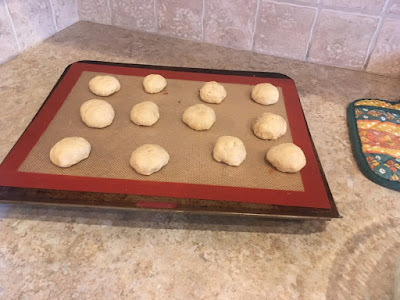Capital and largest city: Tripoli; 32°52′N 13°11′E /32.867°N 13.183°E
Official language: Arabic
Cool Facts about Libya:
- Tripoli, the capital of Libya, was in a position to help protect American ships from attack by Barbary pirates in the 19th century (since, after all, some of them were based there!) By paying protection to the Sultan, the U.S. ships sailed the Mediterranean unmolested. When the price went up, the two countries went to war, twice, in what came to be known as the Barbary Wars.
- In Libya’s entire history, it only had one King. King Idris reigned from 1951 until he was overthrown by Colonel Gaddafi (also spelled Qadhafi) in 1969.
- Although an Islamic nation today, Libya was an early Christian center historically.
- Currently at least two political groups have set up governments for Libya, but only one of them is recognized as legitimate by the rest of the world. The fighting and instability in the country/region was responsible for the deaths of almost 1,800 migrants fleeing several countries in North Africa. They died trying to cross the Mediterranean Sea to Europe in the summer of 2015.
- Libya’s 1,770 kilometers (1099 miles) of Mediterranean Sea coast is the longest of any North African country.
- The area of the Mediterranean Sea north of Libya is frequently called the Libyan Sea.
- Much of the central and eastern area of the country is covered by the Libyan Desert. The Libyan Desert is one of the most sun-baked and arid places on earth. There is no average rainfall — the land may go for decades with no rain and the highlands for five to ten years without it.
- North of the mountains of Jebel Uweinat the Libyan plain is dotted with eroded volcanic features. This area also contains the Arkenu structures, thought at one time to be two meteorite impact craters.
- When oil was discovered in the 1950s, an enormous aquifer underneathmuch of Libya was also found. This aquifer’s water pre-dates the last ice ages.
- Libya’s poor soils and climatic conditions severely limit how much food can be grown within the country, so it imports about 75 percent of its population’s food.
- The Libyan dinar is the national currency.
- Libya is home to the largest proven oil reserves on the African continent. It makes a major contribution to the world’s supply of sweet, light crude.
- Tripoli is the capital and largest city of Libya, as well as the Port of Tripoli.
- Tripoli is a Greek word that means “three cities”. The Arabic name for it is Tarabulus. It is located on the edge of the desert on a point of rocky land that projects out into the Mediterranean, forming a small bay.
- Tripoli is also known as the Mermaid of the Mediterranean for its turquoise waters and whitewashed buildings.
- The majority of the Libyan population lives in its coastal area cities. Traditional tribal society life is the norm in the Berber villages of western Libya. In the south, you will find the Bedouins, including the Tuaregs.
- Libyan people traditionally lived in extended families. Today many young couples get their own place instead of living with the husband’s family. The couples even choose their own mates, particularly those who live in the cities. In rural areas, traditional arranged marriages still occur.
- The Berbers identify themselves with their village or tribe before their country.
- All the desert tribes collectively are known as the Bedouins. They lead nomadic lives, moving with their livestock or settling in farming villages in oases. The Tuaregs were the original desert traders who transported goods by camels across the desert. With robes dyed with indigo, they are sometimes called the Blue People.
- Libyans are warm and welcoming people. When greeting another, they shake hands and maintain the handshake as long as the verbal greeting is on-going. Men shake with men, but wait for women to initiate a handshake from woman to man.
- Libyans greet one another with “Salaam aleikum: (Peace be with you.) or “Sabbahakum Allah bi’l-khair” (May Allah give you a good morning.). They also ask a set of formal ritual questions about their families and health.
- Libya is an Islamic country so women still wear the Hijab to cover their head according to Islamic law. Many women, though, especially in the cities, no longer wear public veils and dress in western style dresses and clothing. So do men. Traditional men and women still wear their traditional robes.
- Popular sports are soccer, chariot races, and camel racing.
- Saving face is important to Libyans, who are non-confrontational. They avoid disagreeing or saying no.
- The biggest meal of the day for Libyan families is lunch and it is of great symbolic importance. Businesses, shops, and schools close for several hours so families may gather together to eat
- The people drink green tea after they eat to aid digestion. Tea and coffee are favorite beverages. Libyan tea is thick and like black syrup.
- The cuisine of Libya is a mixture of Mediterranean, African and Italian influences. Common ingredients include dates, olives, fruits, lamb, chicken, milk, and grains, particularly couscous. Stuffed sweet peppers appear in many meals. The proper use of spices is important to achieve the right mix of popular flavors.
- All meats eaten by Libyans must be halal. This means the animal was killed humanely and prayed over ritually according to Muslim customs.
- Food is eaten with three fingers on the right hand. The left is considered unclean. Good manners dictate you leave a little food on your plate to indicate that your host is a gracious and generous provider.










